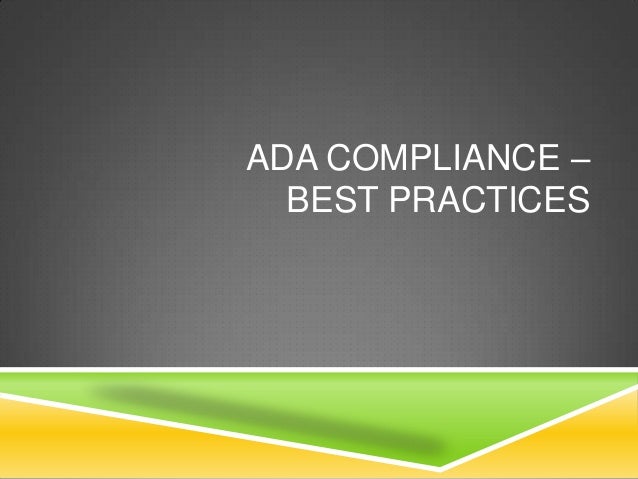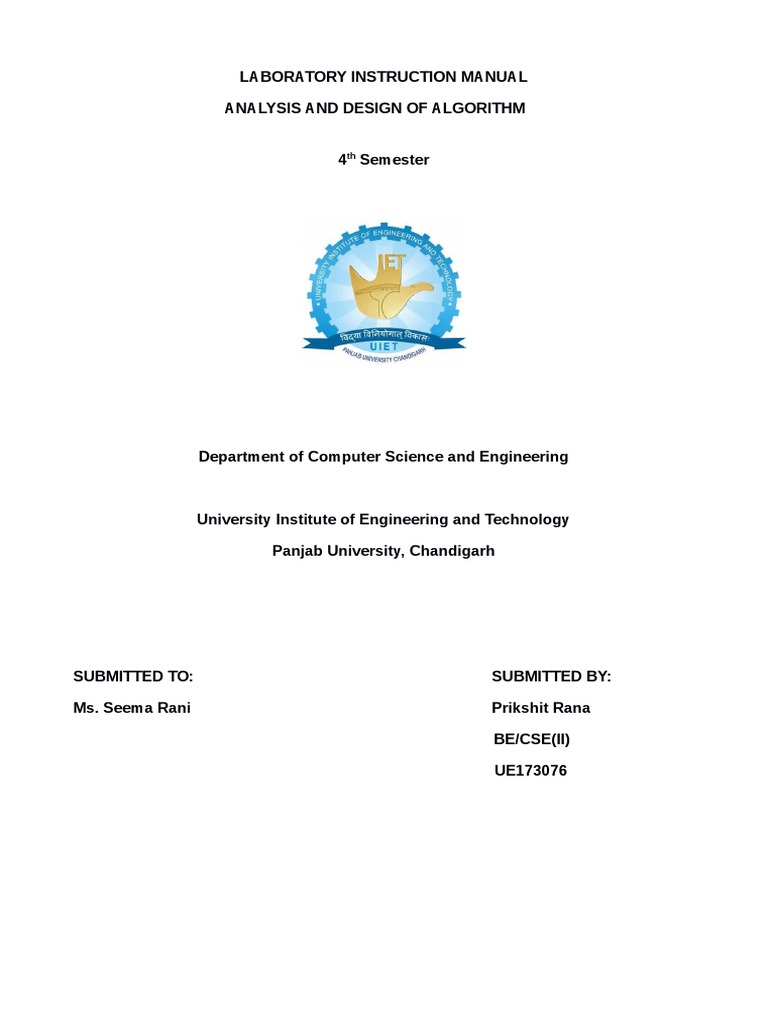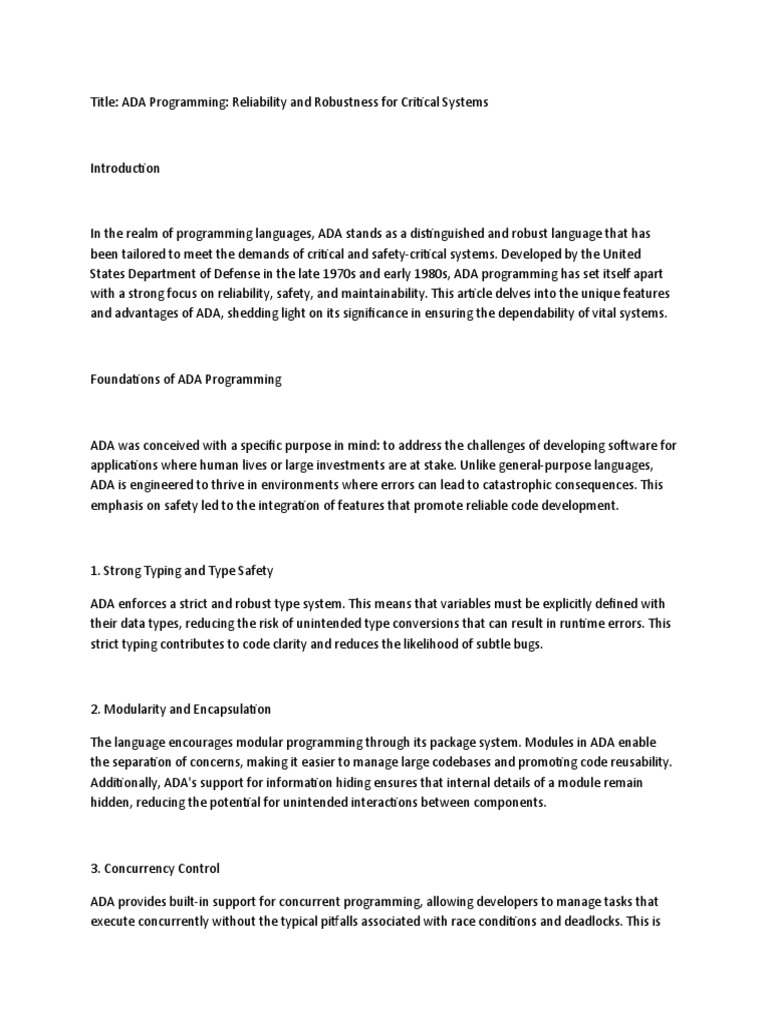Welcome to the world of Ada programming! If you’re here, you’re probably looking to elevate your coding game. Whether you're a seasoned developer or a curious beginner, mastering Ada is key to unlocking its powerful features. Today, we'll dive into best practices for Ada programming beginners, explore coding standards, and uncover how to write efficient Ada code. Don’t worry—I’ll also highlight common pitfalls in Ada programming and how to avoid them. So, grab your laptop, and let’s get started!

Understanding Ada Coding Standards and Guidelines
When you're coding in Ada, following the coding standards and guidelines is not just a suggestion—it’s essential! Why? Because Ada is designed for reliability and maintainability, especially in high-stakes environments like aerospace and defense.
What Are Coding Standards?
Coding standards are established conventions that guide how code should be written and organized. They help ensure consistency, making it easier for others (and future you!) to read and maintain the code.
Key Guidelines to Follow:
- Use Meaningful Names: Name your variables, functions, and procedures clearly. For instance, instead of
x, go fortemperature_in_celsius. - Comment Wisely: Don’t drown your code in comments, but include them where they add value. Explain the why, not just the what.
- Organize Your Code: Group related declarations and procedures together. Consider using packages to encapsulate functions logically.
By following these practices, you’ll not only improve your code's readability but also make it easier for others to collaborate with you.
A Real-World Example
Let’s say you’re working on an air traffic control system. A well-structured codebase will allow multiple developers to contribute without stepping on each other’s toes. This is especially crucial in mission-critical applications where every line of code can impact safety.
How to Write Efficient Ada Code
Now that we’ve covered standards, let’s talk about writing efficient Ada code. Efficiency often translates to better performance, less resource consumption, and quicker execution times.
Tips for Efficiency:
- Avoid Unnecessary Allocations: Dynamic memory allocation can be a performance killer. Stick to stack allocations whenever possible.
- Leverage Ada's Strong Typing: Utilize Ada’s type system to catch errors at compile time rather than at runtime. This not only saves time but also enhances performance.
- Use Controlled Types: They provide automatic resource management and help prevent memory leaks.
Example: A Performance Comparison
Consider a scenario where you have two implementations of a sorting algorithm—one using dynamic arrays and the other using static arrays. The static array version, while slightly less flexible, will generally outperform its dynamic counterpart due to reduced overhead.
Improving Ada Code Readability and Maintainability
Let’s face it: code that looks like a bowl of spaghetti is nobody’s friend. Improving readability and maintainability is vital for long-term success in any programming project.
Techniques to Enhance Readability:
- Consistent Indentation: Use consistent spacing and indentation. Even if you think it’s a small detail, it can make a huge difference in readability.
- Modular Design: Break down large procedures into smaller, manageable functions. This not only clarifies purpose but also simplifies testing.
- Documentation: Keep your documentation up to date. It’s not just for others; it’ll save you time when you revisit your code months down the line.
Case Study: The Impact of Readability
In a study conducted by the Software Engineering Institute, teams that practiced better readability standards reported a 25% increase in productivity. Less time spent deciphering code means more time spent innovating!
Common Pitfalls in Ada Programming and How to Avoid Them
Even the most seasoned programmers can stumble. Let’s shine a light on some common pitfalls in Ada programming and how to sidestep them.
Top Pitfalls:
- Neglecting Exception Handling: Ada has robust exception handling capabilities. Failing to utilize them can lead to unexpected crashes. Always anticipate potential errors and handle them gracefully.
- Ignoring Performance Trade-offs: It’s easy to get caught up in making your code ‘perfect.’ Remember, premature optimization can lead to complex and convoluted code. Focus on clarity first, performance second.
- Overusing Global Variables: While it can be tempting to use global variables for convenience, this can lead to hard-to-track bugs. Keep variables as local as possible.
Avoidance Strategies:
- Implement regular code reviews to catch issues before they snowball.
- Use automated tools to analyze your code for performance and style issues.
- Keep learning! The more you know, the better you can avoid these pitfalls.
Conclusion
Mastering Ada programming is a journey, not a destination. By adhering to best practices for Ada programming beginners, following coding standards, and improving your code's readability and maintainability, you're well on your way to becoming an Ada expert.
Remember to sidestep common pitfalls and continually refine your skills. So, what’s next? Dive into your next project with these techniques in mind, and watch your coding prowess soar. Happy coding!
By following this guide, you’re not just learning how to code in Ada—you’re setting yourself up for success in any programming endeavor. Keep pushing boundaries, and don’t forget to share your own tips along the way!



